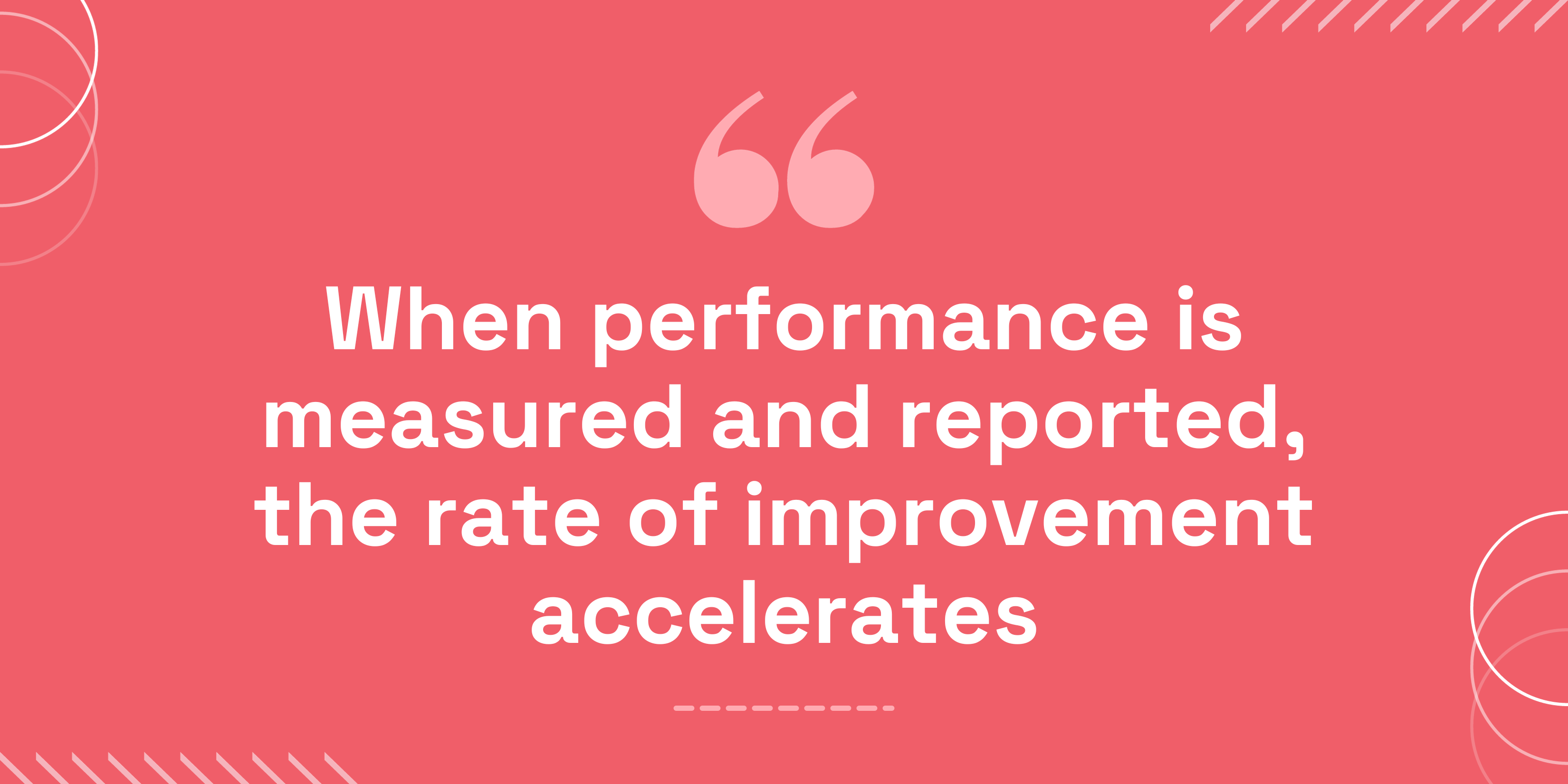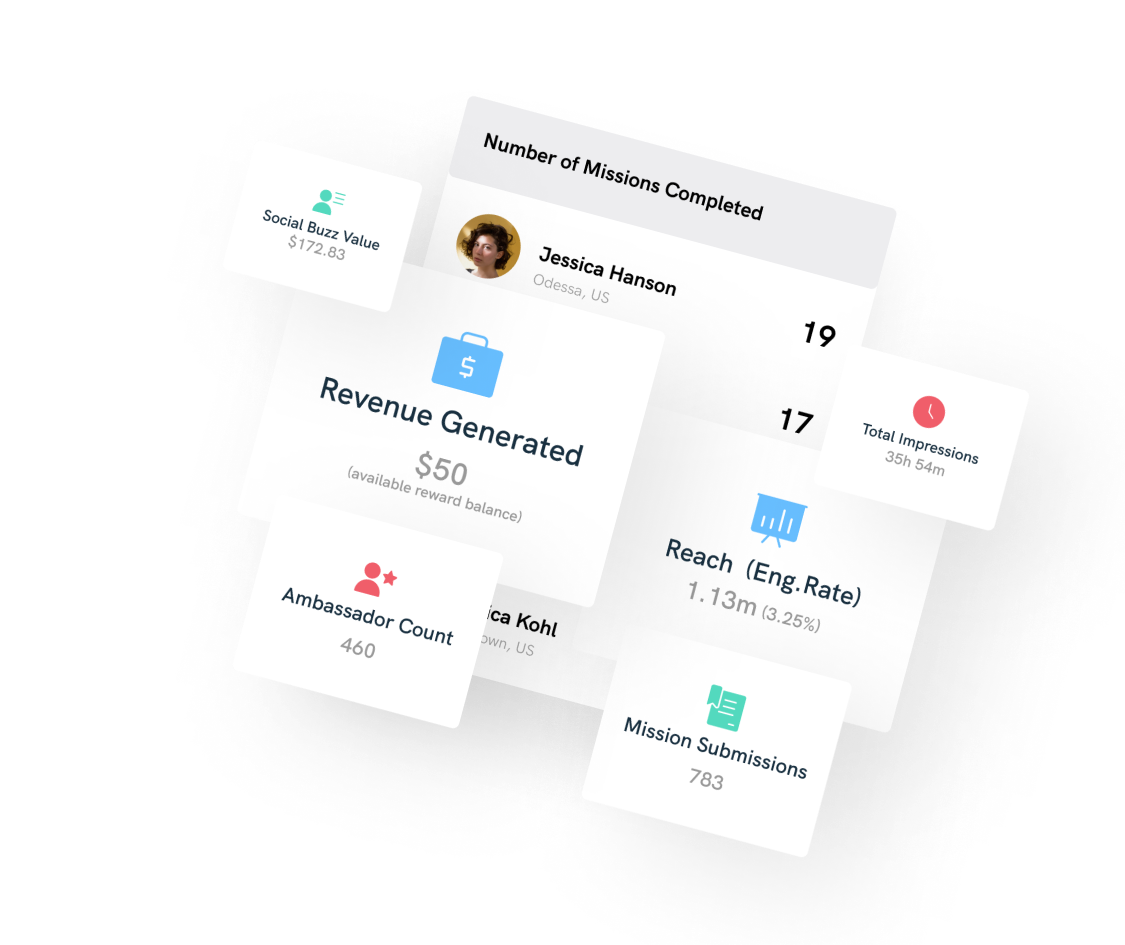An affiliate marketing program is a way of selling your product via another entity’s outlet. They’re popular because they deliver greater reach – and results – at reduced cost.
However, you need to constantly keep an eye on how well these affiliate partners’ operations are performing, and establishing specific metrics or KPIs is crucial to this. Knowing exactly what’s working, what’s not, and what could be tweaked is vital if you want to reap as many benefits as possible from these partnerships. Let’s find out more.
What are KPIs?
Key Performance Indicators (KPIs) give measurable evidence on how well an enterprise is succeeding at a given task. They need to be easy to understand, up to date, and, of course, relevant. Using your KPIs, you’ll be in a good position to monitor performance.
Why is it important to monitor performance?

Things change when we measure them. It’s driven to a certain extent by accountability and by inspiration to succeed.
If you know your performance is going to be compared against KPIs, you’ll focus on acheiving those goals. Put more positively, if your success is witnessed and acknowledged, you’ll work harder to gain more of it.
However, there’s another reason for monitoring matters. If you have a range of activities going on but you only witness some of them first-hand, you’ll need to find out how successful the others are. This lets you give more attention where it’s needed.
To set accurate KPI’s, it can be beneficial to use SMART goals. They are Specific, Measurable, Achievable, Relevant, and Time-bound. They allow you to set KPIs that are clear, attainable and meaningful.
So, now we know why it’s important to get a handle on KPIs, let’s look at how to do it.
1. Sheer sales
This is the aim of all marketing partnerships, after all. If one of your affiliates is not returning the sales, look closely at what’s going on.
Go to their website or social media page – whether on YouTube, TikTok, or Instagram – and simulate the customer journey. What works? What doesn’t? Maybe the domain itself isn’t doing the job because it’s too difficult to remember for your audience — time for an AI domain search, perhaps? Then get back to the affiliate with your thoughts.
Take a look at this article on social media management tools that Attrock published to discover which tools you can use to track your affiliate marketing performance based on different data points.
2. Link click-throughs
This metric is straightforward but important. It’s simply a record of how many times each link is clicked. Armed with this information, you can talk to your affiliate about how links are performing and suggest improvements.
For instance, the wording or position might put visitors off. It might be that the landing page is not working. Sometimes a simple fix works wonders, but you won’t find out unless you’re tracking this metric.
If you compare the number of clicks with the number of sales that a site generates (EPC or Earnings Per Click) you’ll have compelling data regarding the success of that affiliate’s campaign.
Always be aware of the product life stage. If it’s a new product, customers may be interested to learn more about it. However, they won’t be as ready to convert as they would be with a more established product.
In other words, low conversions might say more about the product’s overall traction than the affiliate’s website or social media page. However, the channel they use – whether their website or a social platform like Instagram or TikTok – can certainly help by including reviews and similar content. If your affiliate wants to write something about the product, for example, what counties in New Jersey allow tiny houses you can direct them to resources telling them how to guest blog.
These efforts aimed at promoting a product can help with conversions.
3. Conversion rates
How many visitors to your affiliates’ channels actually turn into customers? To properly assess this, you need a conversion report.
Once you discuss with your affiliate what’s going wrong where, you can decide how to counter the problem. You could introduce dynamic remarketing techniques, which remind a visitor of items previously put in baskets but abandoned. Or something more fundamental along the lines of a redesign, perhaps aimed at a different demographic.
An important point to note here: different industries exhibit different typical conversion rates.
By all means compare your affiliates with one another, but only if they are operating in the same industry.
4. Customer lifetime value
Of course, once a customer buys something, whether it’s a necklace or a subscription, it’s very much desired that they buy again. And again. The resulting commerce over the course of a customer’s lifetime is what you need to know.
The amount it costs to acquire a customer can be more than you and the affiliate make from a single sale, but that doesn’t make it unviable. It’s the accumulation of profit from the subsequent sales that makes the initial outlay affordable.
Customer lifetime value per affiliate is consequently a very useful KPI and you can track it through Google Analytics, through your CRM or an ambassador marketing software.
5. Return on ad spend (or return on investment)
In terms of affiliate KPIs, this figure is derived from the total revenue divided by the costs to you of setting up the affiliate programme (commission, affiliate network software, etc). If the resulting figure is $1, this is effectively a zero return—you spend a dollar, you get a dollar back. So, you’re looking for something north of $2 in most cases.
For example, the ROI from influencer-driven affiliate marketing is particularly good:
ROAS/ROI is a good metric for judging efficiency and productivity of spend. Always be aware that a lot of the revenue you want to see can be generated with lower cost attached. For instance, sometimes good content can be more of an awareness raiser than high advertising spend. Even better if things go viral.
Take a look at the true cost of running a brand ambassador program.
Conclusion
There are a number of readily adoptable metrics you can utilize to keep a close eye on your affiliate program. It’s a good idea to use a blend of these to give a more rounded picture.
But it’s important to note that effective collaboration is about more than this. It’s about communicating with your affiliate. It’s great to stay on top of their performance. It’s even better to work with them on making their operation more productive. It’s to everyone’s benefit, after all.









